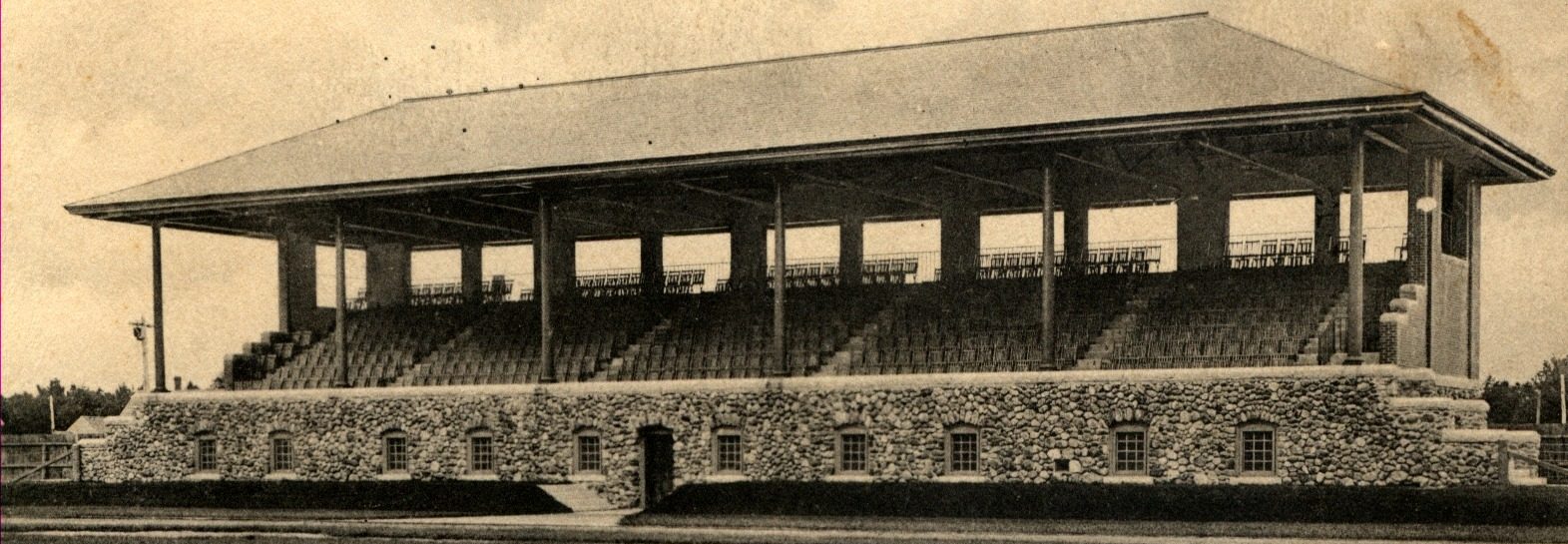Memory, while productive in oral and written history, is often best preserved and most powerful in the physical realm. Buildings and tangible sites serve as an unspoken example of cultural power. The history of both local and international events can be manifested in physical structures, and changes in society and cultural values are reflected in what humans produce and build.
My project investigates the ways in which our culture changes and remembers athletic facilities. These sites, in some ways, pose as a microcosm of local, national, and worldwide identity—they reflect the shifts of our civilization when it comes to celebrating athletic training and accomplishments.
I will investigate three key realms as a way to highlight subtly different—and often unintentional—ways in which athletic facilities have been memorialized throughout history. First, I will introduce a history of Bowdoin College’s renovations of its athletic facilities. Investigating structural changes at a local institutional level emphasizes the power a community can have when it comes to prioritizing the creative repurposing of spaces. This section heavily relies on Bowdoin’s image archives and uses historical images of past structures as a way to highlight the ways in which the campus has reused past structures.
Secondly, I will use Bowdoin College’s collection of Giovanni Battista Piranesi’s etchings and prints of ancient athletic amphitheaters and stadiums. Piranesi captures these stadiums in a unique era, and his documentation serves as a form of memorialization, as he lets their history live on in his artwork.
Lastly, I delve into Ancient Greek and Roman athletic stadiums, using two different examples as a way to highlight the difference between preserving ruins and restoring spaces to a level of functionality. By preserving a stadium as a ruin, we are letting it be a memorial of what it once was in the past. By restoring a space, we let its function live on and welcome people today to participate in its collective memory.
This project highlights memorialization through renovation, documentation, preservation, and restoration. By focusing on one type of site, athletic facilities, it offers a focused view at the evolving history of a human athletic culture that has been celebrated for millennia.
